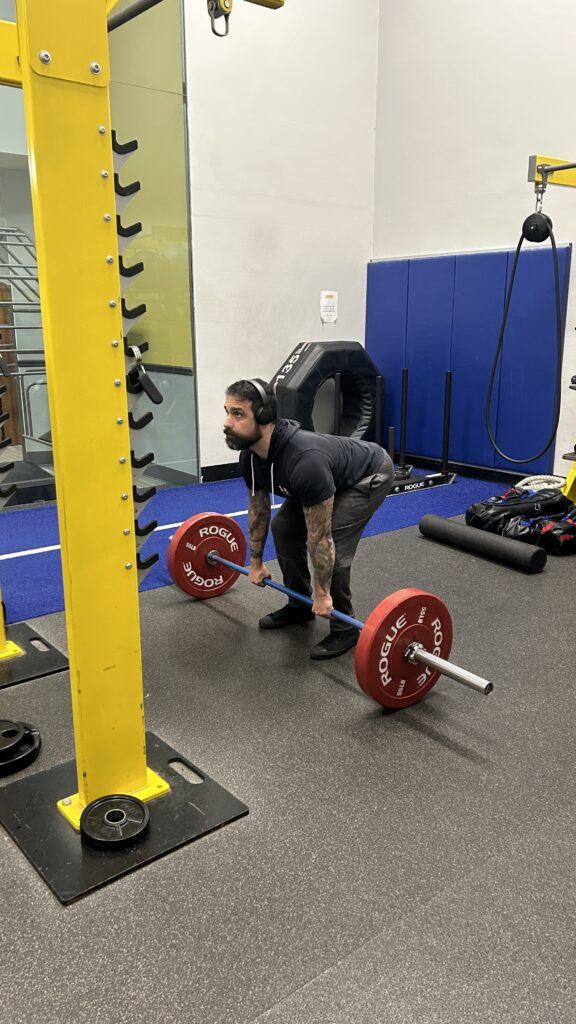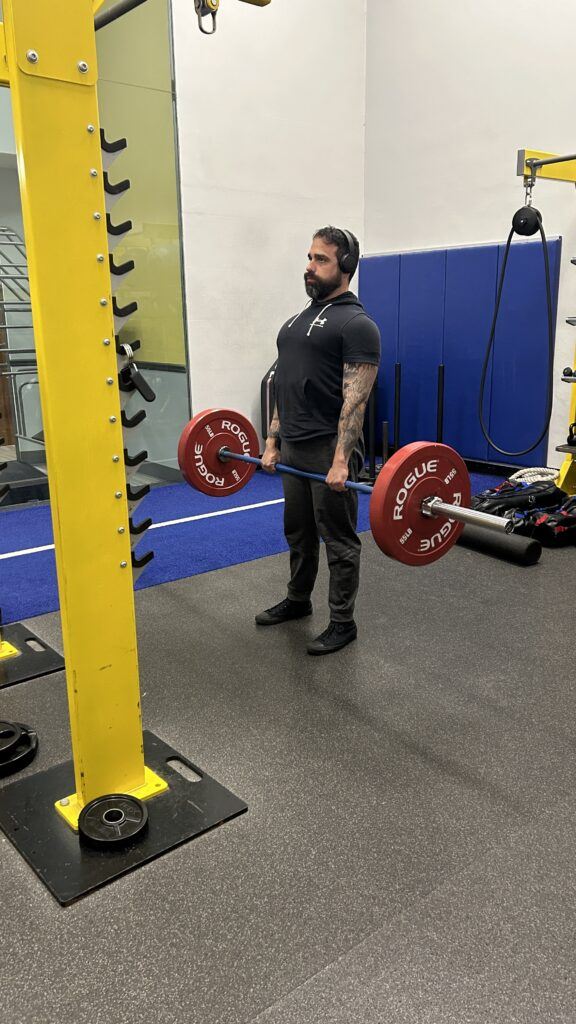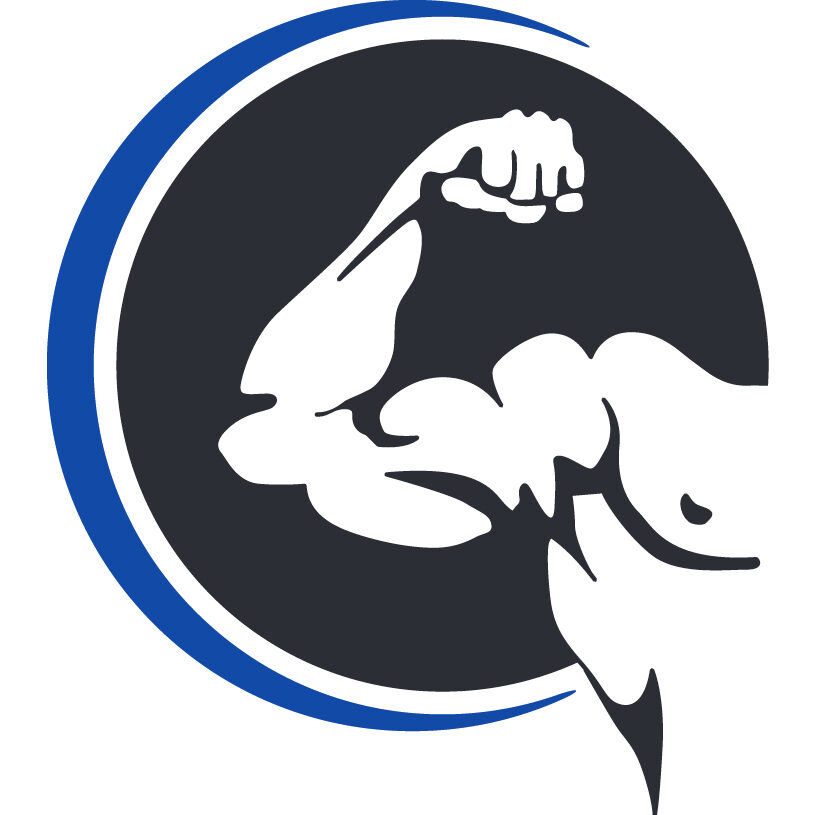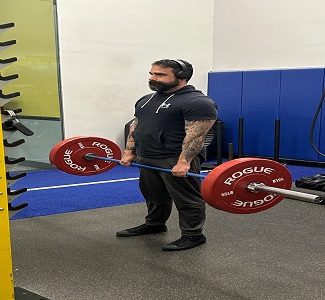

If you’re looking to level up your fitness game, deadlifts are a celebrated staple with good reason. This isn’t just about gaining muscle; it’s also about building a solid foundation for overall fitness. I’m going to introduce you to deadlifts, a powerhouse move in the strength training world that targets multiple major muscle groups all at once.
You’re going to find out about the primary muscles that deadlifts put to work, including your glutes, hamstrings, and lower back, among others. It’s important to understand how these muscles work together during a deadlift, as it’s a key exercise that mimics everyday movements, such as lifting heavy objects off the ground. Using the right weight plates are important as accurate weight tolerance enhances performance consistency. The plates provide versatility and reliability. (Click on this link https://shorturl.at/NYme5 to view the ones that work for me.) Also, please make sure you wear knee braces to stabilize your knees, reduce strain and prevent injuries. (Click on this link https://shorturl.at/diLb9 to view the ones that work for me.)
So why should deadlifts be a non-negotiable in your routine? Beyond just muscle building, they’re about creating a balanced and adaptable exercise regimen that can improve your overall quality of life. Deadlifts lay the groundwork for not only aesthetic gains but also functional strength that aids in everyday activities.
After illustrating the fundamental role deadlifts play in strengthening your body, in the next section, we’re going to delve into how exactly they help build powerhouse core muscles, and why that matters. This will set you up to better understand the countless benefits that come from incorporating deadlifts into your fitness journey.
Strength and Stability: Building Core Muscles with Deadlifts
In the world of fitness, deadlifts are revered for good reason. They’re like the Swiss Army knife of exercises, targeting numerous muscle groups at once. Think of it as a full-body tune-up with every lift. Now, why is that important? Let’s zoom in on the core muscles, which include your abs, hips, and the all-essential lower back. These aren’t just for show; they’re the bedrock of your body’s stability.
When you perform a deadlift, you’re engaging a symphony of muscle groups, but your core is the conductor. It keeps your body stable and balanced as you lift. This is not power for power’s sake—by enhancing your core strength, you’re equipping your body to better handle everyday tasks. You’re also creating a shatterproof foundation for other exercises.
There are a heap of misconceptions out there about deadlifts and back health. Some shy away for fear of injury, but when done correctly, deadlifts can be a back’s best friend. It’s the form, rather than the force, that can make or break a healthy lift. So how do you get it right? By building up to heavier weights gradually and keeping your back straight, you’re not just exercising—you’re reinforcing the muscles that banish back pain.
And here’s something else to consider: strength isn’t just physical. It empowers you mentally, too. A rock-solid core from regular deadlifts can increase your body confidence and add grit to your mind. In my opinion, when you feel strong, you feel ready to take on the world. So, are you willing to give your core the attention it deserves? Deadlifts could be your golden ticket to a stable, more formidable self.
Boost Metabolism and Burn Fat: The Caloric Impact of Deadlifts
Now, you’re going to find out about how deadlifts aren’t just for building muscle; they’re terrific for firing up your metabolism too. When you perform a deadlift, your body demands energy, and plenty of it, to fuel the movement. This ramps up the number of calories you burn, not only during the exercise but afterward as well.
Comparing deadlifts to other exercises, they’re like a heavyweight champion in a calorie-burning contest. It’s full-body engagement in a single lift, and this causes a spike in your metabolic rate. Think of your body like an engine, and deadlifts are the turbo boost that keeps the engine running hot, burning more fuel.
Consistent deadlift training can be a game-changer in your weight loss journey. It’s not just about the calories you burn while pulling that barbell; it’s the shift in body composition. By increasing muscle mass, you’re effectively turning your body into a more efficient fat-burning machine, even at rest. More muscles mean more calories burned, simple as that.
To give you an idea of the real potential of deadlifts, let’s bring in some data. Strength training, including lifts like the deadlift, can burn anywhere from 200 to over 500 calories per hour, depending on intensity and individual factors. But the increased metabolic rate from added muscle mass can help burn calories at a higher rate 24/7.
This isn’t just bro-science; this is about understanding your body’s energy economics and leveraging it with deadlifts. It’s time to view each deadlift as an investment in your body’s calorie-burning capability which plays an important role in fat loss and overall health.
Safety First: Proper Technique and Deadlift Variations for Everyone
I’m going to show you the safe way to handle deadlifts, because let’s face it: nobody wants an injury. Deadlifts can be incredibly beneficial, but they come with a caveat – proper technique is non-negotiable.
It starts with your stance and gripping the bar correctly. Your feet should be about hip-width apart, with your grip just outside your legs. The ‘bracing’ process is critical—take a breath and hold it to tighten your core, as though you’re preparing for a punch in the stomach.
You’re going to find out about hinging at your hips, not rounding your back, as you lift and lower the bar. This isn’t just about brute strength; it’s about controlling the movement using the correct muscles.
If you want to incorporate deadlifts into your routine but find traditional deadlifts too challenging, don’t worry too much. There are a multitude of variations like the sumo deadlift, Romanian deadlift, and trap bar deadlift that might be a better fit, especially if you’re dealing with mobility issues or past injuries.
Choose something that resonates with you, and if you’re just starting out or returning from a break, please consider seeking guidance from a fitness professional. They can offer personalized advice that aligns with your goals and physical health.

